Every minute of telecom downtime costs businesses an average of $5,600. For contact centers or customer-facing teams, even a short disruption translates into lost sales, broken SLAs, and reputational damage that lingers long after systems are back online.
That’s where SIP trunking failover comes in. Instead of a single point of failure, calls automatically reroute through backup trunks, alternate carriers, or even the PSTN when the primary path breaks. To customers, conversations continue without interruption. To businesses, revenue streams stay protected and compliance obligations are met.
Failover isn’t just a technical safeguard, it’s a business continuity strategy. Executives increasingly treat telecom uptime alongside disaster recovery and cybersecurity as board-level priorities. Outages aren’t a question of if, but when, and proactive organizations design their VoIP systems to recover instantly.
In the next section, we’ll unpack why SIP trunk failover matters for business continuity, highlighting how downtime costs differ between small firms without redundancy and enterprises running automated failover systems.
Key Takeaways
- Every minute of telecom downtime costs businesses an average of $5,600, SIP trunking failover prevents those losses by rerouting calls automatically during outages.
- Effective SIP failover includes multi-provider redundancy, session border controllers (SBCs), DNS/IP-level routing, and PSTN fallback to ensure uninterrupted communication.
- High-availability systems depend on proactive configuration (timeouts, routing logic), real-time monitoring, and routine stress testing to maintain sub-second recovery times.
- Common failover pitfalls, like codec mismatches, caller ID issues, or high latency, can be solved through advanced SBC rules, jitter buffers, and synchronized provider policies.
- DiDlogic empowers global businesses with resilient SIP trunking, flexible routing, and enterprise-grade SLAs to ensure failover strategies that scale with confidence.
Why SIP Trunk Failover Matters for Business Continuity
Downtime isn’t measured in hours anymore, it’s measured in dollars per minute. Researches stimate telecom outages cost $5,600 per minute on average. In highly transactional industries like retail or banking, a 30-minute disruption can exceed six figures in lost revenue.
Service-level agreements (SLAs) typically guarantee 99.99% uptime, which translates to about 52 minutes of allowable downtime per year. Yet many providers still fall short during large-scale outages. For customers, the impact is direct: Salesforce research shows 78% of consumers stop doing business after repeated service disruptions, and missed calls remain one of the top drivers of churn.
The difference between companies with and without failover is stark:
- An SMB without redundancy. A regional law firm suffers a trunk outage during office hours. Incoming calls fail, clients hear endless ringing, and urgent matters are lost to competitors. Recovery takes hours because the IT team must manually reroute calls.
- An enterprise with automated failover. A global e-commerce brand experiences a carrier outage during a flash sale. Their SIP system instantly reroutes calls to a secondary trunk. Customers never notice the disruption, sales proceed, and SLA commitments are met.
That contrast explains why telecom resilience has shifted from an IT feature to a board-level priority. Failover directly protects revenue, compliance, and customer trust.
How SIP Failover Works in Practice
SIP failover isn’t a single switch, it’s a layered system of triggers and routing logic that keeps calls flowing when trouble hits.
Automatic Switching Between Trunks
When a primary trunk fails, the system listens for technical signals such as:
- SIP 503 Service Unavailable responses
- High latency spikes beyond set thresholds
- Packet loss percentages that degrade audio
Once detected, routing rules kick in. Calls are redirected to a backup trunk in real time. With sub-second switchover, users rarely notice the handoff. By contrast, manual failover can take minutes or hours, leaving customers in limbo.
DNS & IP-Level Failover
DNS SRV records allow SIP clients to discover multiple servers with assigned priorities and weights. A simple setup might look like this:
| SRV Record | Priority | Weight | Target Server |
| _sip._udp | 10 | 60 | sip1.provider.com |
| _sip._udp | 20 | 40 | sip2.backup.com |
When the first server becomes unavailable, traffic automatically shifts to the backup.
Alternatively, IP-level failover routes calls via BGP or static IP routing. It’s faster in some cases but harder to manage across multiple providers. DNS offers flexibility, while IP routing favors speed and control—many enterprises combine both.
PSTN as a Safety Net
When all trunks fail, calls can revert to the Public Switched Telephone Network (PSTN). This “last-ditch” path ensures phones remain usable in emergencies or during compliance audits. Healthcare organizations and financial institutions often keep PSTN backup in place to guarantee regulatory obligations are met.
Though less cost-effective for day-to-day traffic, PSTN fallback provides a safety net against catastrophic outages, making it an important layer in a comprehensive failover plan.
The Core Building Blocks of a Resilient Failover Setup
Designing SIP failover isn’t only about adding backups, it’s about layering safeguards that remove single points of failure. Three elements define a resilient system: diverse providers, session border controllers, and balanced traffic distribution.
Multi-Provider vs. Single-Provider Redundancy
Relying on one SIP provider means one outage can silence an entire enterprise. In 2020, a major carrier outage in the U.S. left tens of millions of users without phone service for nearly 15 hours, disrupting hospitals, banks, and government agencies. Organizations with multi-provider redundancy rerouted traffic instantly, while single-provider customers had no escape path.
Multi-provider setups ensure geographic and infrastructure diversity, spreading risk across networks. For mission-critical operations, like retail call centers during seasonal peaks or healthcare facilities handling urgent calls—this separation can mean the difference between seamless service and operational collapse.
Role of Session Border Controllers (SBCs)
SBCs act as traffic cops for SIP networks. They manage call admission, apply encryption, and enforce policies. In a failover scenario, SBCs reroute calls to alternate trunks or providers without user disruption. They also defend against DDoS attacks and toll fraud, ensuring that a failover event doesn’t become a security gap.
A simple topology looks like this:
PBX → SBC → Primary SIP Trunk / Backup Trunk → PSTN or VoIP Network
Placing an SBC at the edge creates both resilience and compliance. It standardizes interoperability when connecting multiple providers, so routing rules remain consistent across different platforms.
Load Balancing & Traffic Distribution
Redundancy isn’t only about backup, it’s about preventing overload. Active-active configurations distribute calls across multiple trunks simultaneously, avoiding bottlenecks.
Think of it as a multi-lane highway instead of a single-lane road. If one lane closes, traffic shifts smoothly without gridlock. Without load balancing, even a short spike in call volume can overwhelm the primary trunk before failover rules kick in.
Configuring and Testing SIP Failover Systems
A failover design is only as strong as its configuration and testing routines. The following steps ensure resilience isn’t theoretical but proven.
PBX & Firewall Settings
PBXs must be tuned for quick recovery. Key parameters include:
- Timeouts. Short intervals (2–5 seconds) prevent long waits before retries.
- Retry intervals. Multiple rapid attempts increase the chance of seamless rerouting.
- Registration settings. Keep backup trunks registered at all times to avoid delays.
On the firewall side, ensure rules accommodate multiple trunks:
- Disable SIP ALG (common source of dropped registrations).
- Allow proper port forwarding for SIP and RTP streams.
- Support NAT configurations that can handle multiple provider IPs simultaneously.
Monitoring & Real-Time Alerts
Visibility prevents small glitches from escalating into outages. Common tools include PRTG, Zabbix, and custom API-driven dashboards.
Metrics worth tracking:
- Call setup success rate (percentage of calls completing successfully).
- SIP response codes (watch for spikes in 503 or 408 errors).
- Latency and jitter levels (early signs of degradation).
Real-time alerts give IT teams a head start on switching or scaling before users feel the impact.
Stress Testing & Drills
Failover only works if tested under pressure. Enterprises should run quarterly outage drills, including:
- Physically disconnecting the primary trunk.
- Disabling primary DNS routes.
- Forcing SBCs to reroute traffic manually.
Document the Mean Time to Recovery (MTTR) after each drill. If the switchover isn’t sub-second, refine routing logic, update timeout settings, or review provider SLAs. Continuous testing ensures the system will perform when a real outage strikes.
Challenges & Solutions
Even well-designed SIP failover systems face hurdles once deployed. The key is anticipating where breakdowns occur and applying practical fixes.
- Latency & Jitter. When calls reroute across longer paths, say, from a primary trunk in Frankfurt to a backup in Singapore, extra milliseconds creep in. Users hear choppy audio or delayed responses. The solution is to configure routing policies that prioritize geographically close trunks first and test jitter buffers regularly to smooth spikes.
- Registration Timeouts. Backup trunks don’t always connect instantly. For example, if a PBX tries to re-register after a trunk fails, the retry interval may be set too long, leaving several seconds of dead air. Setting shorter retry intervals and keeping standby trunks registered at all times avoids that downtime gap.
- Caller ID & Routing Sync Issues. When switching providers, outbound calls may suddenly display incorrect or blocked numbers. A sales team could dial clients only to show “Unknown Caller.” The fix is synchronizing caller ID policies across providers in advance and running outbound test calls whenever trunks are updated.
- Codec Compatibility. Imagine a failover route dropping to a provider that doesn’t support Opus or G.722. The call may connect but sound distorted or fail entirely. Avoiding this requires negotiating codec profiles across all trunks beforehand and using SBCs to transcode when mismatches occur.
Best Practices for High-Availability VoIP
Designing failover is one thing, maintaining reliability at scale requires structured practices.
- Deploy geographically diverse trunks. A North American provider with a single east-coast point of presence won’t protect a business if a regional fiber cut occurs. Distribute trunks across continents so routing remains local and resilient. A world map visualization often helps IT leaders spot coverage gaps.
- Choose providers with proven SLAs. Aim for 99.99% or higher uptime guarantees and confirm they operate multiple global PoPs. A carrier with redundant data centers in New York, London, and Singapore offers a stronger safety net than one anchored to a single hub.
- Document and review failover configs. Every routing policy, retry interval, and SBC rule should be logged and updated quarterly. As carriers evolve their networks, those settings need validation.
- Set up an escalation playbook. IT teams should know exactly who acts first when alerts hit. A documented workflow, from NOC engineers checking SIP response codes to managers deciding on provider escalation, reduces confusion and shrinks downtime during real incidents.
High-availability VoIP doesn’t just depend on technology. It relies on disciplined processes that keep failover sharp long after the system goes live.
Conclusion
SIP trunking failover functions as an insurance policy for business communications. It safeguards revenue streams, protects compliance, and preserves customer trust when networks falter.
Outages aren’t a matter of if but when. Enterprises that plan for redundancy avoid the financial and reputational damage caused by missed calls and downtime.
The best strategy is proactive: test failover before your next outage tests you.
FAQs
What’s the difference between SIP trunk failover and load balancing?
Failover activates only when a primary path fails, rerouting traffic to backups. Load balancing distributes calls across multiple trunks simultaneously to avoid overload.
Can I configure failover with one provider only?
Yes, but it leaves you exposed. A provider-wide outage will still take you offline. Multi-provider redundancy is safer.
How fast is “automatic” failover in real life?
With well-tuned PBX settings and SBCs, switchover happens in sub-seconds. Poor configurations may take 10–30 seconds or more.
What role do DNS SRV records play in SIP reliability?
SRV records define multiple SIP servers with priorities and weights. If one server fails, DNS points calls to the next available target automatically.
Does implementing failover increase costs significantly?
Costs rise with extra trunks, SBC licensing, and monitoring tools. However, they’re minimal compared to downtime losses, especially for businesses handling high call volumes.


